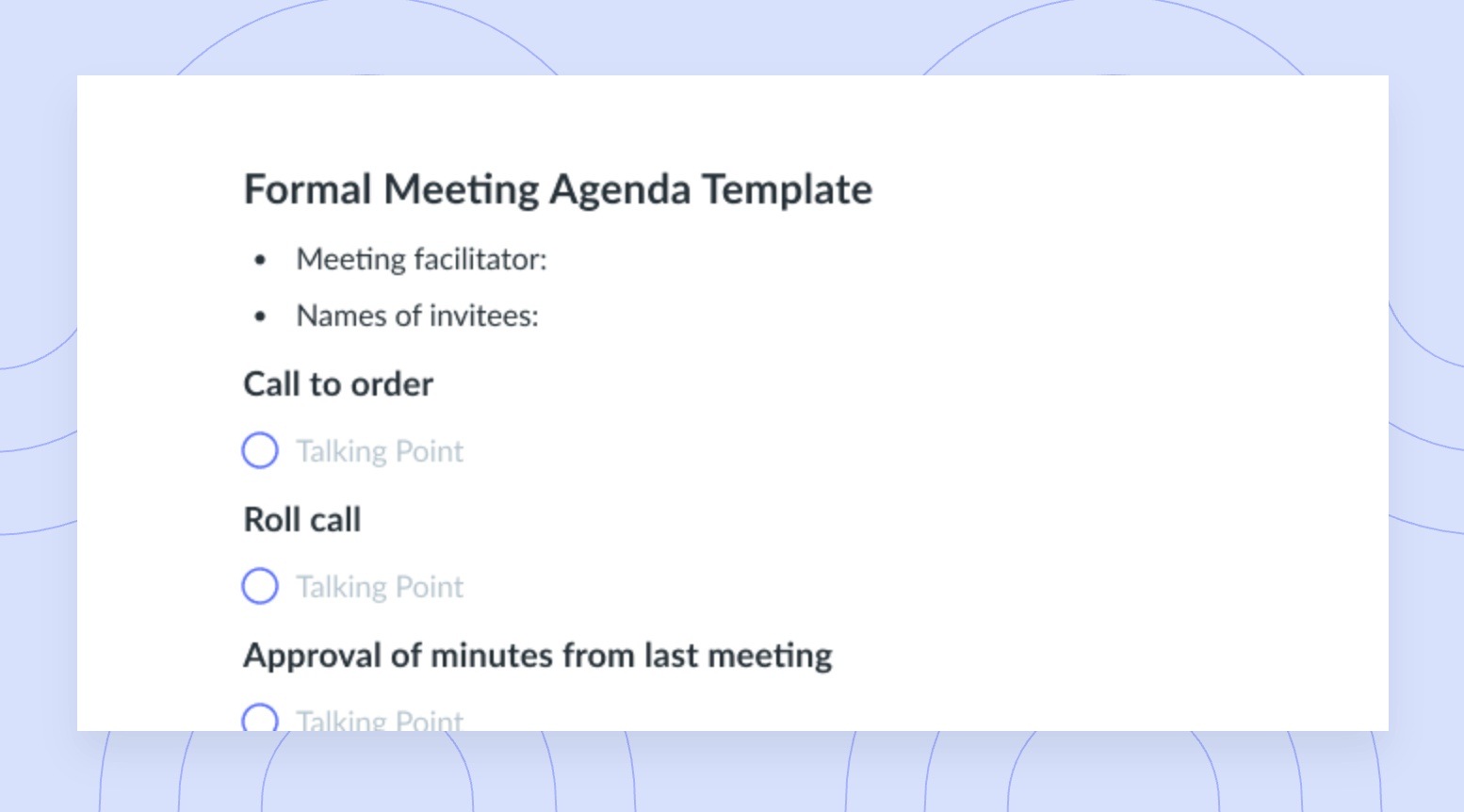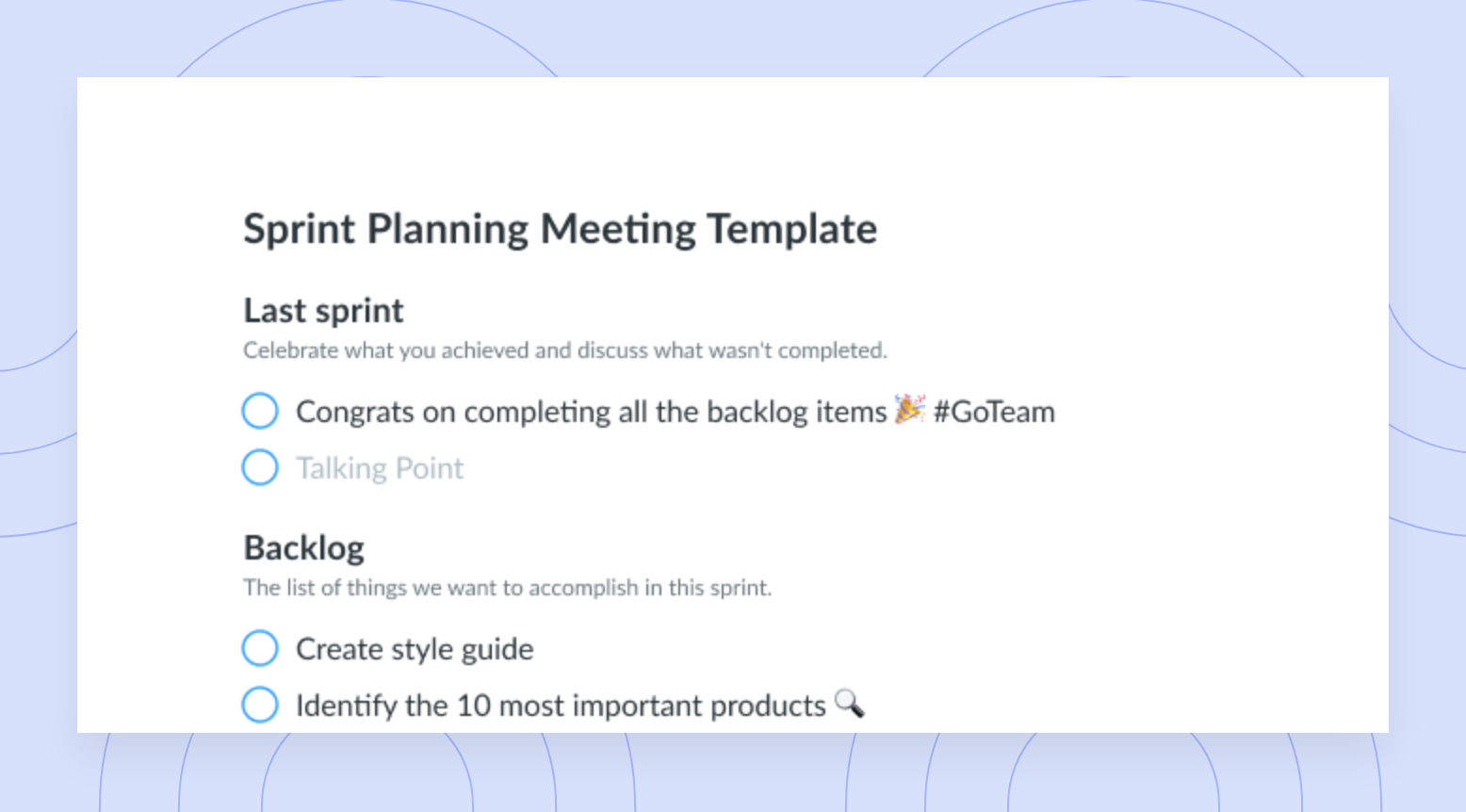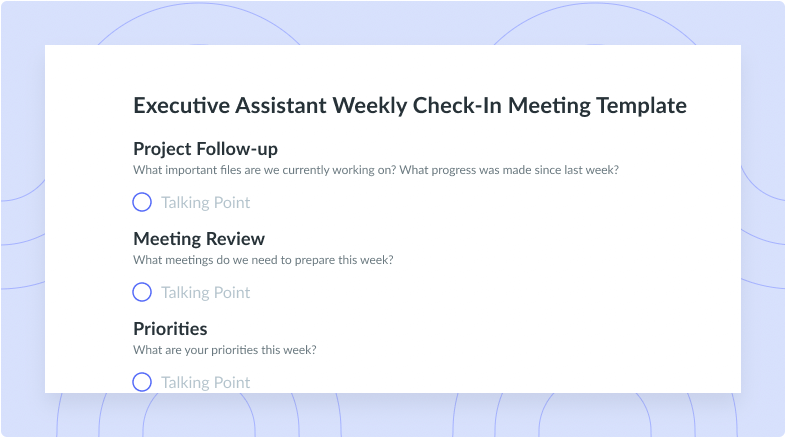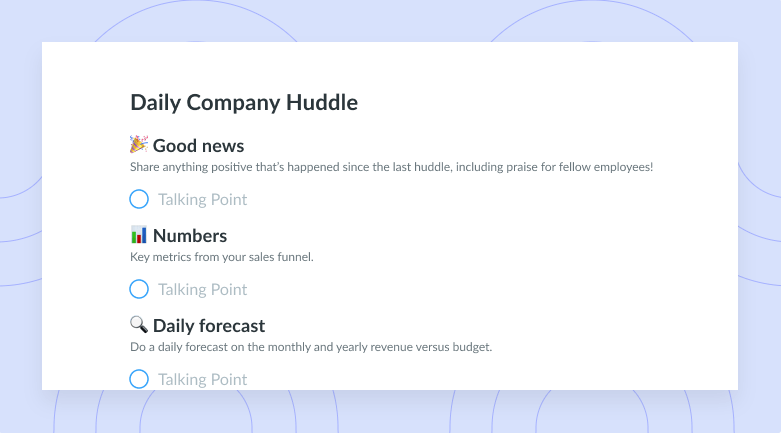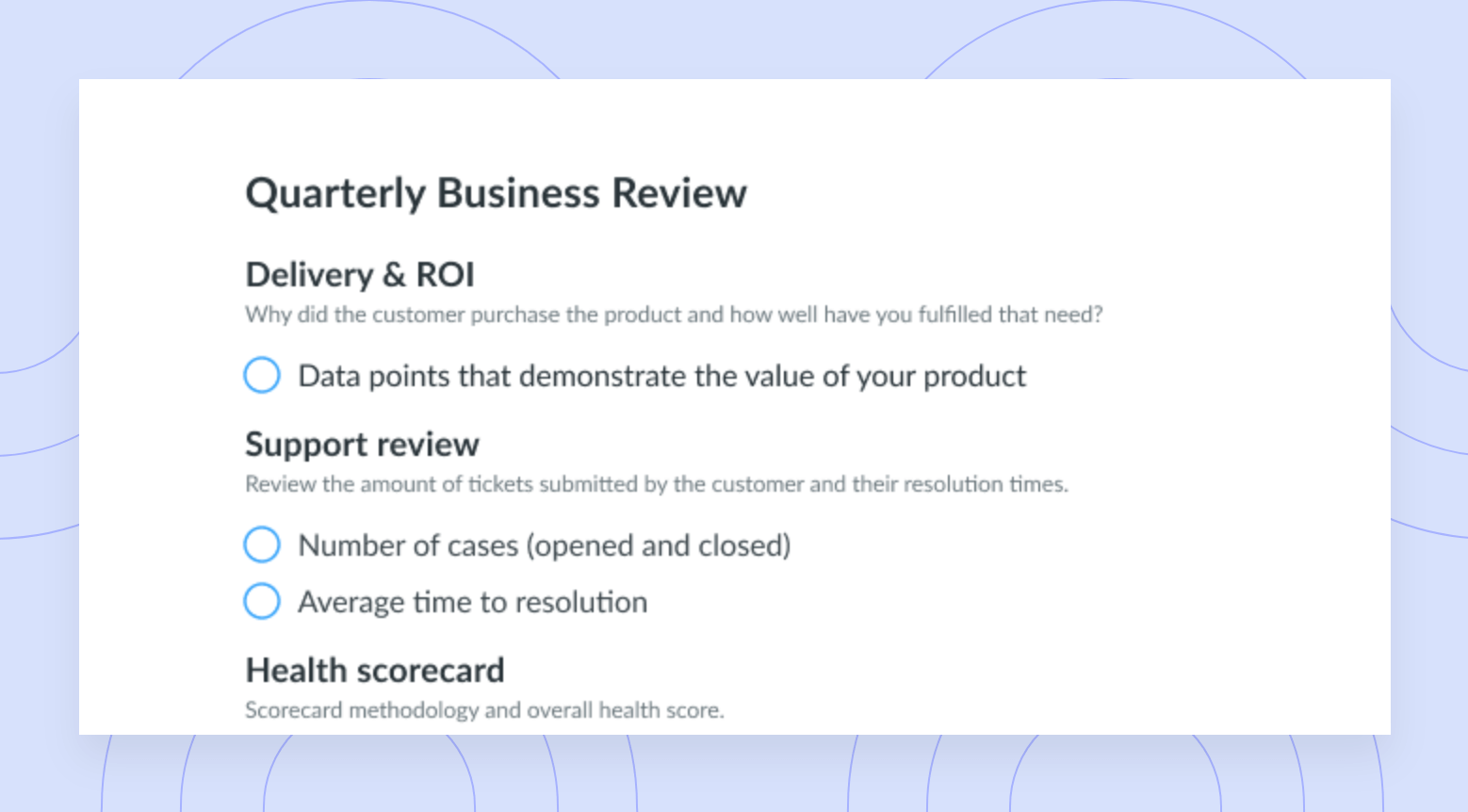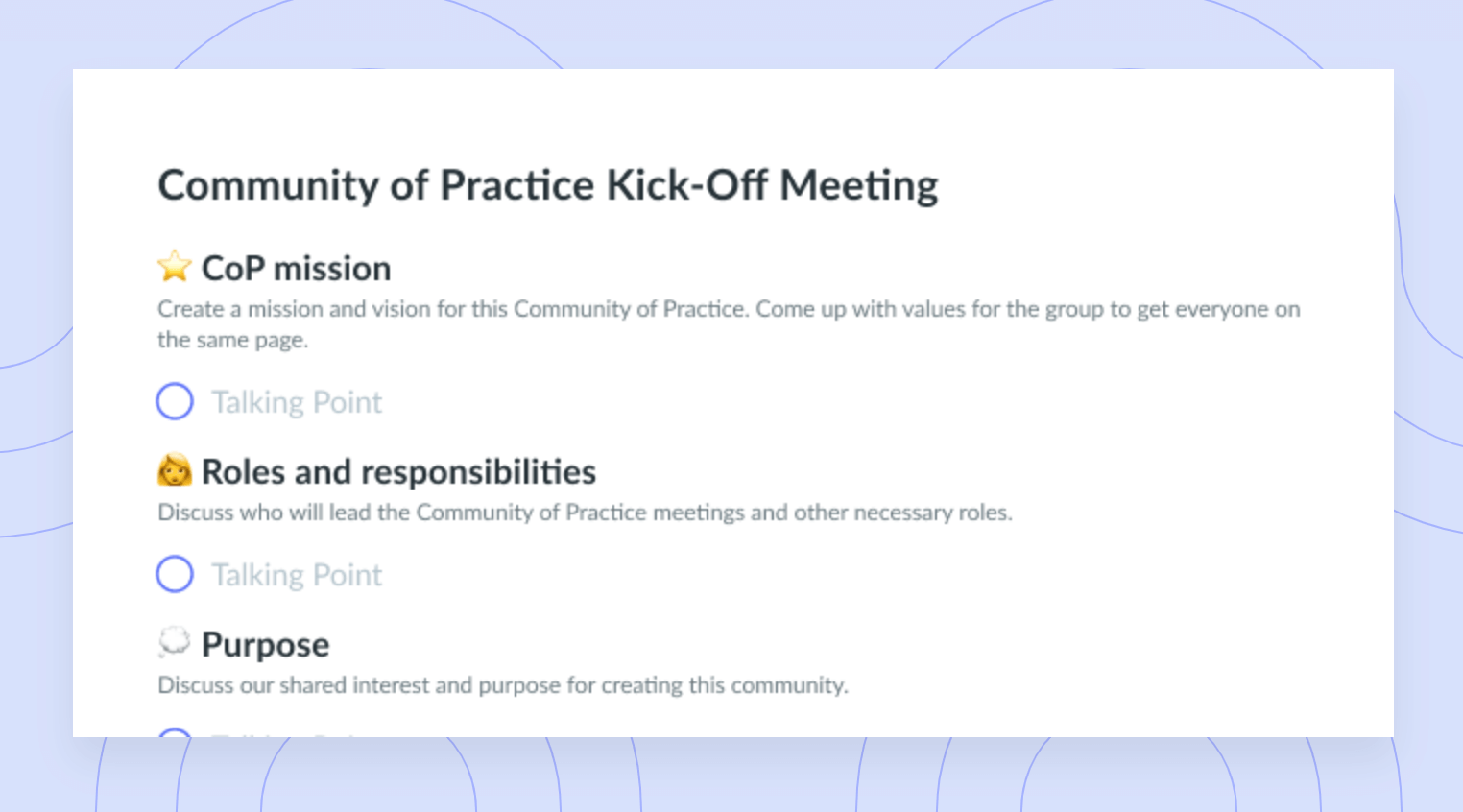Do Your Meetings Always Run Over? Here’s How to Fix It
Meetings running over time are usually caused by a lack of planning and communication. Learn 8 ways to prevent a meeting from running over.
While meetings are a great way to conveniently share information with your team, they can also become time sinks if you’re not careful. Think about it like this: Every minute you spend in a meeting is a minute you could’ve been spending on your tasks. This only becomes more notable if your meetings always run over the time limit. Below are a few tips on fixing your time issues and keeping your meetings on track.
How to prevent a meeting from running over
Correcting timing issues with your meetings is pretty simple since they’re usually caused by one thing: a lack of planning and communication.
It’s not enough to say that a meeting is going to happen. You’ll need to take a few extra steps so that it goes off without a hitch. A few of the most important steps are listed below. Follow them every time, and the days of your team saying that your meetings always run over might be permanently in the past.
- Create an agenda
- Set an objective
- Start on time (even if someone is late)
- Offer an email follow-up to complex questions
- Use streamlined meeting technology
- Clarify action items at the end
- Hold daily meetings
- Check in with individual team members
1Create an agenda
One big reason why your meetings might be overshooting their end times is that you don’t have a meeting agenda. An agenda is essentially a mini-schedule for your meeting. It outlines major talking points and how long you’ll talk about them. Sticking to an agenda can direct the flow of your conversation and keep it from bouncing wildly from topic to topic.

Meetings worth showing up to
A well-run meeting can foster communication and collaboration by including an agenda the whole team can contribute to. Try using a tool like Fellow!

2Set an objective
You and your team can’t make progress at a meeting if there’s nothing to progress toward. Without a clear purpose, everyone could end up talking about anything and everything job-related. The lack of focus can really slow down the discussion, especially when you and your team members all wind up speaking.
To solve this problem, try setting a “finish line” for your meeting. This can narrow down your conversation topics and set a rough time frame for when your meeting should end.
Pro Tip: Stay on top of your team’s goals by clearly recording, defining, and tracking the progress of your OKRs in Fellow’s Objectives tool. The best part? You can quickly review those objectives during your team meetings!
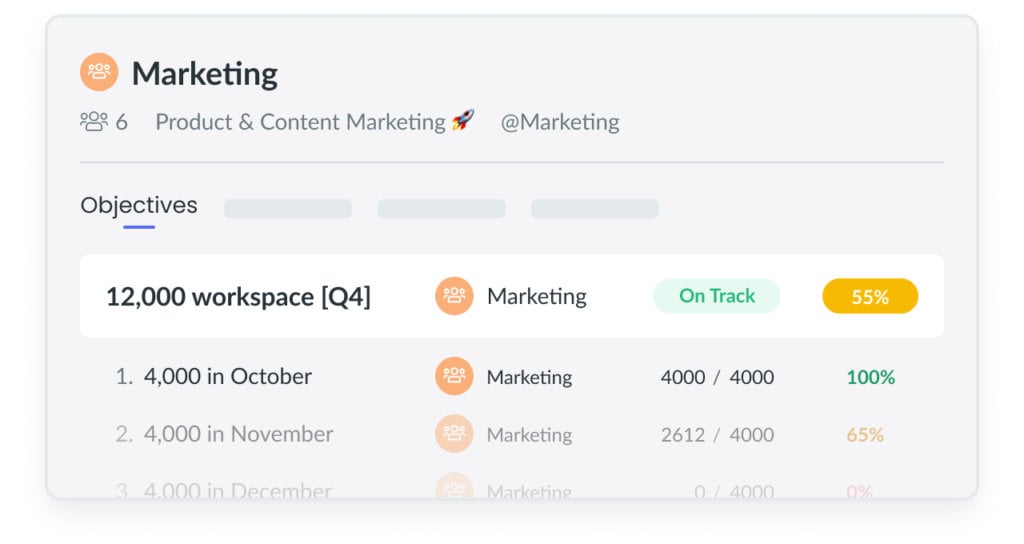
3Start on time (even if someone is late)
Waiting for everyone to show up before starting a meeting isn’t unreasonable. But if someone is running really late, your courtesy can cause more problems than it solves. That’s because, while team meetings are super important, they do cut into your team’s normal workday. The later your meetings start, the less work your team can get done, so set a strict starting time. This can help your team more reliably schedule their days around your meetings while encouraging people not to drag their feet.
4Offer an email follow-up to complex questions
Giving the floor to your team at the end of your meetings is great, but it can also drag things out. After all, answering all their questions in-depth can take a while. This isn’t to say you should ignore their thoughts or concerns. It’s just that you can answer some questions in a sentence and others in a paragraph. Trying to get through both in your meetings can eat away at the workday.
Instead, limit how many questions you can take (maybe around two or three) and keep your answers brief. If any questions are too complex to answer before the clock runs out, send a follow-up email with a more in-depth explanation.
5Use streamlined meeting technology
Planning, structuring, and running a meeting puts a lot on your plate for something that you want to keep brief. So why not use a few specialized meeting tools to take a little weight off your shoulders? For example, video conferencing and screen-sharing technology are great ways for teams to collaborate on their projects from miles away.
You can also use Fellow’s Meeting Guidelines feature set to help eliminate back to back meetings by making them speedy. With the help of this feature, meeting organizers are automatically prompted to shorten the meetings they’re creating by 5 – 10 minutes, so attendees can get a break in between meetings. Less meeting fatigue, and more time for deep work!
6Clarify action items at the end
As the meeting goes on, you might occasionally give your team members meeting action items to work on once they’re back at their desks. You should resist the urge to explain these action items the moment you assign them. They’re probably a lot to cover, and stopping between topics to explain them could push your meeting time sky-high.
Instead, try carving out some time at the end of your meeting to describe each action item in detail. Leave enough time to open the floor for questions and clear up any confusion. Or you can take some time after the meeting to write an email explaining everything your team should know to do their best work.

7Hold daily meetings
If you want shorter meetings, just hold more of them. This advice probably seems odd at first, but daily meetings definitely have their benefits – there’s less to report, so your meetings will be shorter. Your team will make more progress week-to-week than day-to-day, so daily task updates will be typically more streamlined and straightforward. And you’d have to try really hard to make a short, daily meeting overstay its welcome.
8Check in with individual team members
Another alternative to the classic team meeting style is not holding one at all. Yes, we know what you’re thinking: Wait, what? And it’s true – group meetings are great for updating your whole team about a project or big changes to the company. But what if there isn’t anything to share?
When that happens, you can skip scheduling the team meeting and personally check in with each of your team members instead via one-on-one meetings. You can plan, hold, and follow through on those exactly how you would for other meetings.
One-on-ones can take a chunk off your schedule, and as you’re making the rounds, you can focus more on each team member’s situation. Your action items might be more effective in resolving any issues, too, since they come from a close personal conversation. Plus, morale across your team might get a boost because you’ve shown the whole team you’re willing to help them succeed.

Keep your meetings short and sweet
At first, you might not think you need to plan your meetings too much – you’re just gathering your team together and talking. But you can quickly lose control of the conversation if no one knew where it was going in the first place. Over time, this can mean that your meetings always run over. The good news is that there’s an easy fix.
With Fellow, you can collaboratively create meeting agendas with your team, easily keep track of action items, and take detailed notes in real-time. With these features at your fingertips, you’ll be able to end your meetings on time, every time.








![Problem-Solving Meeting: What It Is and How to Run One [+ Free Template]](https://fellow.app/wp-content/uploads/2022/05/Problem-Solving-Meetings.jpg)
